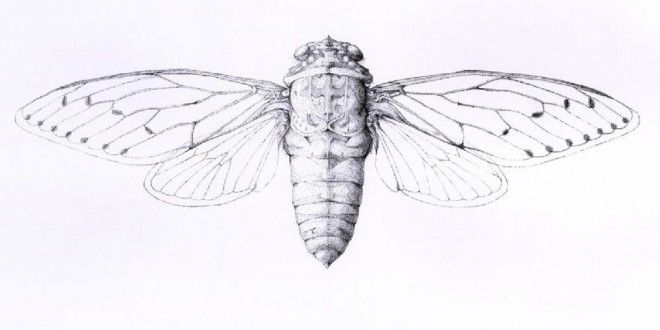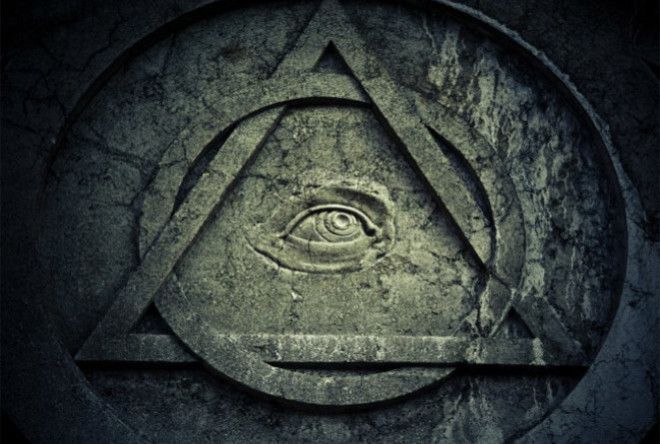37. Not So Secret
One of the best known secret societies is the fraternal organization of the Freemasons. They have been around since at least the early 1400s and evolved out of early fraternities of local stonemasons which regulated the qualifications of stonemasons and their interactions with clients. Today they are (mainly) men and pretty dull, and beyond making charitable donations they are essentially a social club. But they do supposedly have 12 secret handshakes.
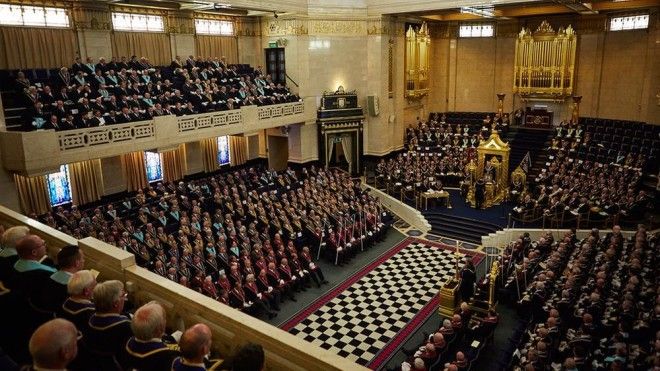
36. Good Intentions
The esoteric and secret Rosicrucians, or the Order of the Rosy Cross, was a precursor to many future secret sects, including the Freemasons. The original society were all doctors who swore an oath to help the sick with no profit to themselves.
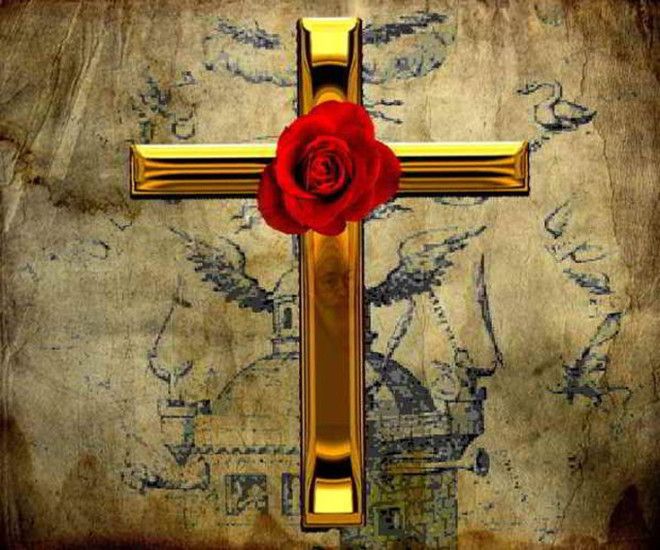
35. It’s Who You Know
Roughly one third of US presidents were Freemasons, including George Washington, Andrew Jackson, James Polk, Willliam Mckinley, both Theodore and Franklin Roosevelt, Harry Truman, and Gerald Ford.
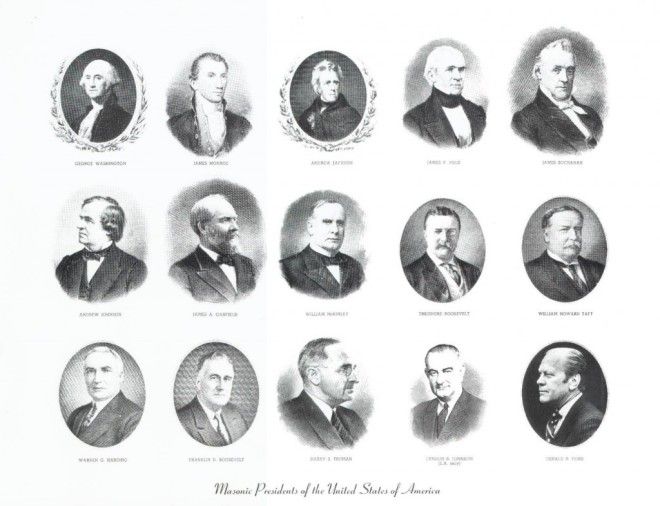
34. Odds Are In Your Favor
Freemason presidents Franklin Roosevelt and William Mckinley were also part of the Odd Fellows, another secret fraternal organization founded in the 1800s to promote fraternity and charity. The Odd Fellows also counted Ulysses S. Grant and Charlie Chaplin among their members.
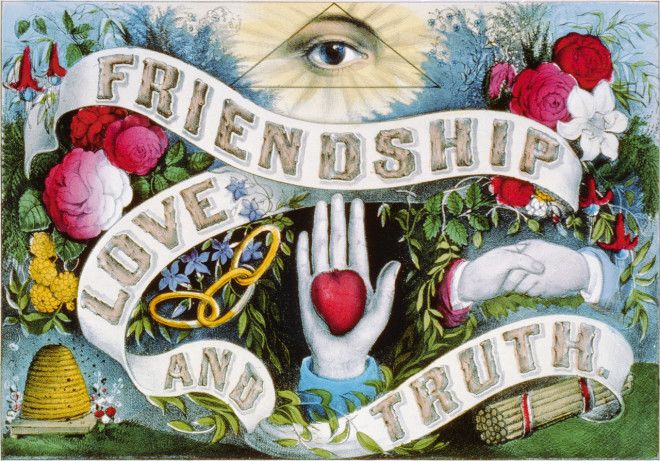
33. Co-eds and Co-secrets
For the ladies interested in secret handshakes and getting ahead in life, Co-Freemasonry began in France in the 1890s. It is a form of freemasonry that admits both women and men. Hardcore male-only masons call Co-Freemasonry “irregular or clandestine” and don’t recognize it.
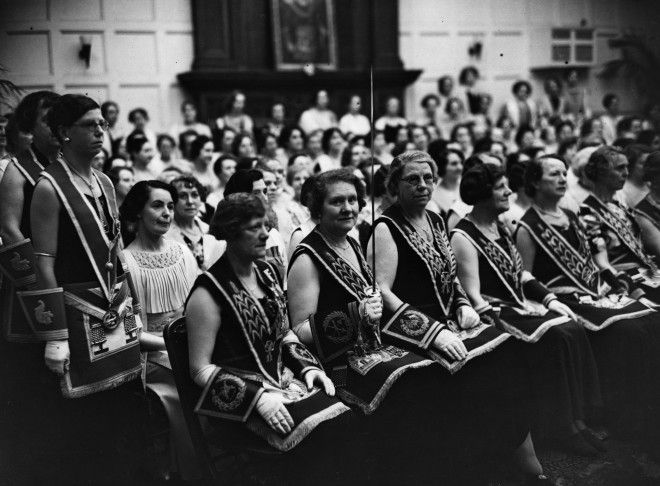
32. Warriors on the DL
Historically, secret societies are “deeply interlinked with the concept of the Männerbund, the all-male “warrior-band.” Sounds hot.
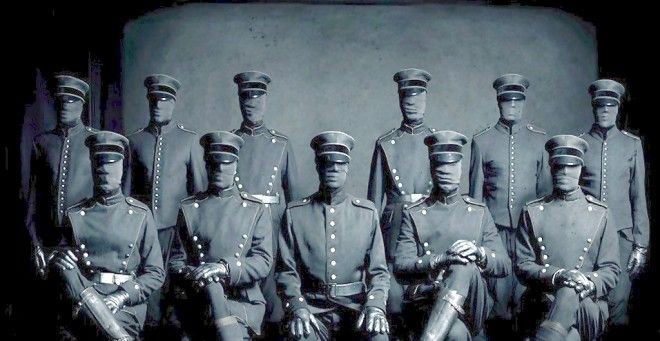
31. You Don’t Know Nothing
Other secret societies have influenced American politics as well, such as the Order of the Star Spangled Banner, who later became known as the Know-Nothings. This name stuck because every time they were questioned on their organization they answered “I Know Nothing.” They were a nativist group and opposed immigration.
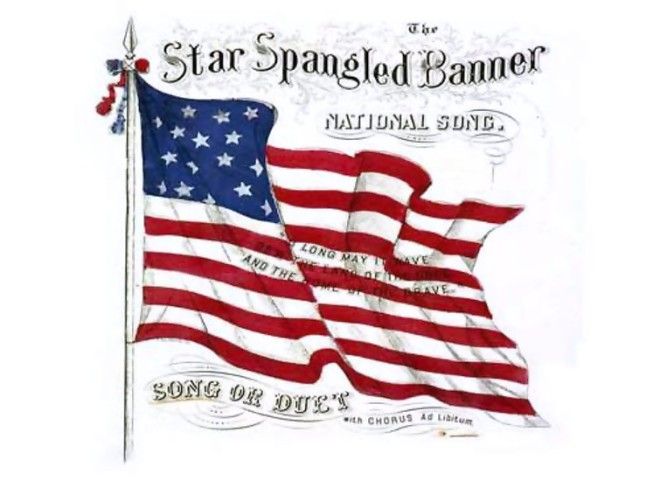
30. Knowing Offenders
What the Know-Nothings were most notably opposed to was Catholicism, and they often got violent in their opposition. In the 1850s they participated in riots that lead to several deaths, the tarring and feathering of Catholic priest, and in the burning of Catholic church.
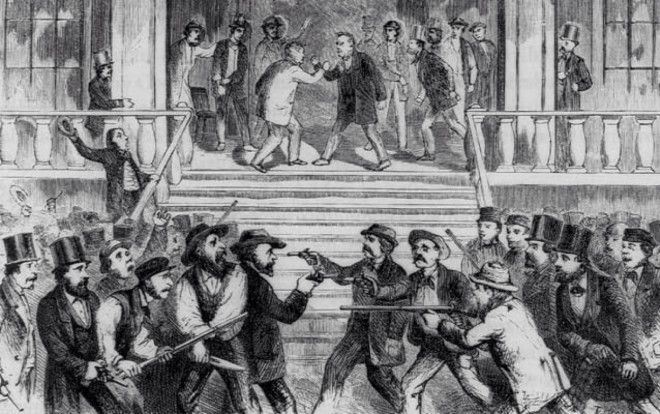
29. Uni Daze
Many secret societies are tied to collegiate bodies, such as Yale University’s Skull and Bones, founded in 1832. The society is often referred to as “Bones,” their members are “Bonesmen,” and their meeting hall is called the “Tomb.” Creative!
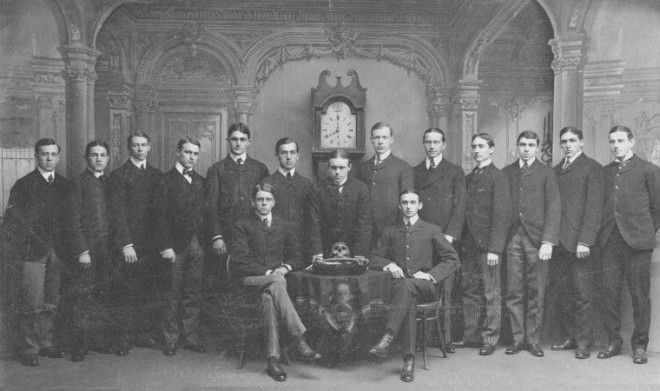
28. Bone-Heads
The Skull and Bones have some issues with modern dates and time. Supposedly the 322 in their logo refers to 322 BC, the year Athenian democracy changed to only acknowledge rich men as citizens. Bonesmen measure dates from this year and set their clocks 5 minutes out of synch with normal time. According to them, regular time is for “barbarians”.
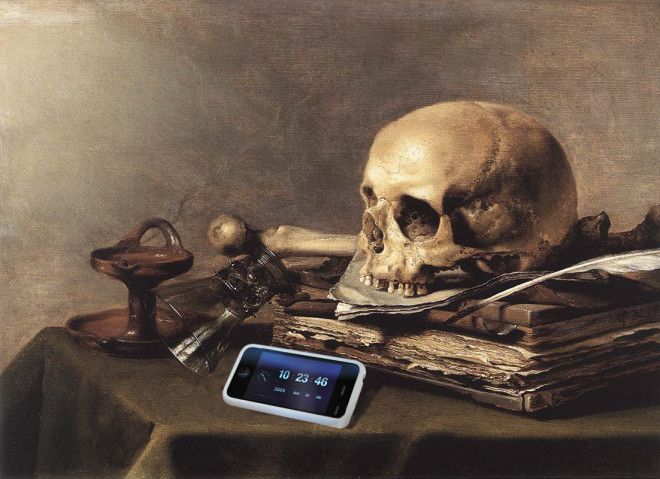
27. It’s Who You Know, Part II
George W and George Sr. were both “Bonesmen” as well as William Taft, the 27th POTUS.
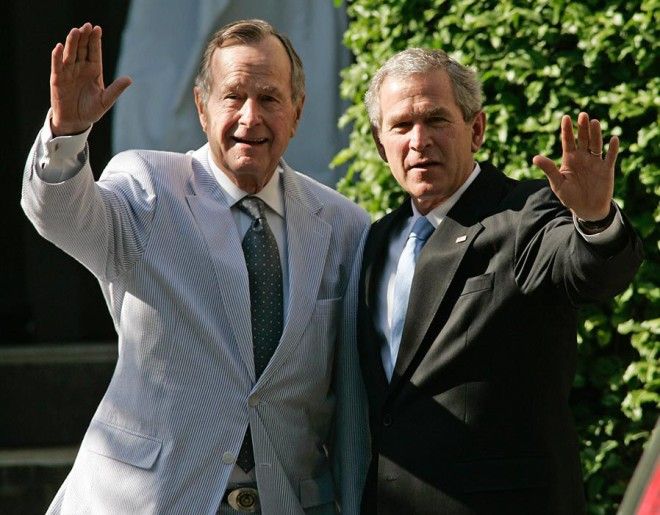
26. Literary affiliations
The Cambridge Apostles, another collegiate secret society, also had many prominent members. Several of the famous writers of the Bloomsbury Group were in their ranks, including Leonard Woolf, John Maynard Keynes, and Lytton Strachey.
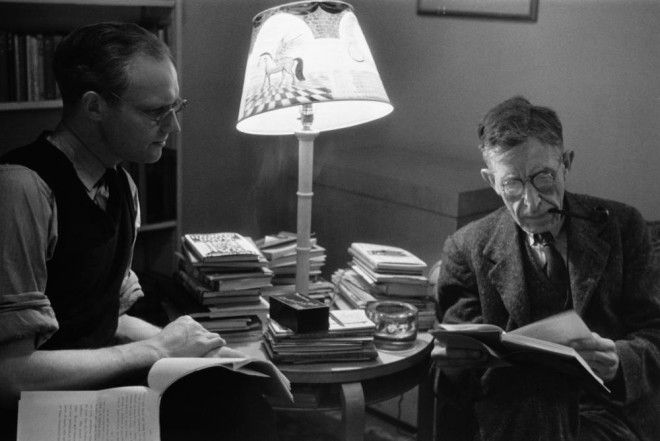
25. Secret Agent Society
The Cambridge Apostles gained notoriety the 1950s and 60s when several of its members were revealed to have acted as spies for the KGB.
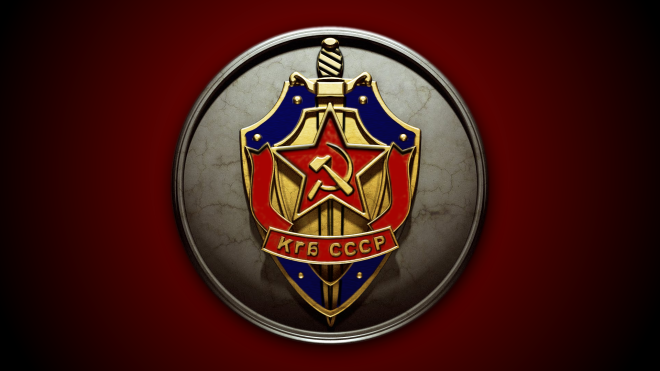
24. Sect change
In the 1870s a group of Irish immigrant laborers in the US were found guilty of arson, death threats, and assassinations against their foremen and supervisors in the coalmines. The men were revealed to be members of the secret organization, the Molly Maguires, who were so-named because the men donned women’s clothing to commit their intrigues.
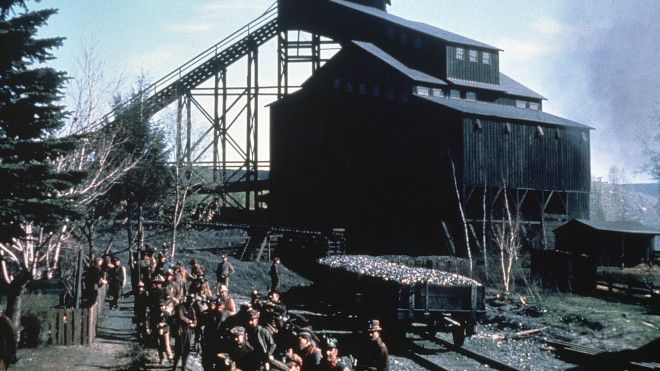
23. Secret Sentencing
The Vehmic courts were alleged secret courts that operated in Westphalia, Germany in the Middle Ages. Keeping with the drama of the secret society, the only punishment possible for those found guilty was death, which was often done by hanging. To claim the execution, the court would leave their calling card, a knife with mystic letters, near the body.
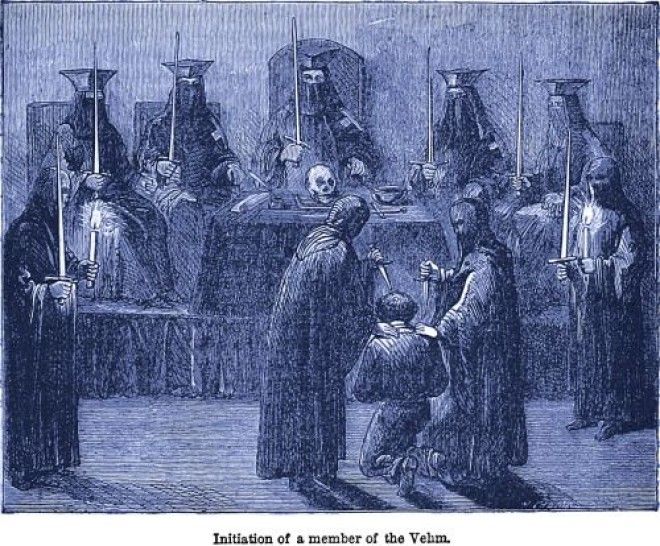
22. Secret Stewards
Another proto-vigilante group, the Bald Knobbers, were founded in 1883 to beat back the increasing crime in the Ozark region of southwest Missouri. The Bald Knobbers hid their identities by “wearing black horned hoods with white outlines of faces painted on them” and would regularly face off with their enemies, the Anti-Bald Knobbers. No really, that’s what they called themselves.
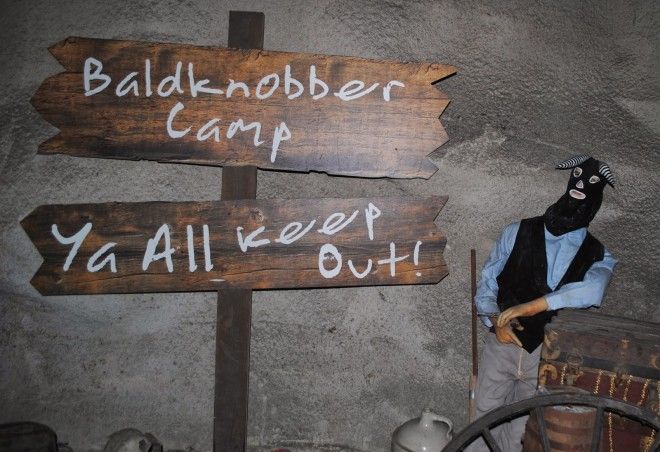
21. The Real World Order
Today, one of the most oft-referenced secret organizations is the Illumanti, a shadowy sect allegedly working to bring about the New World Order. The Illuminati of today shares its name with a secret society founded in Bavaria in 1776. The society’s original goals were to counter unjust religious and state influence, and their critics accused them of bringing about the French Revolution.
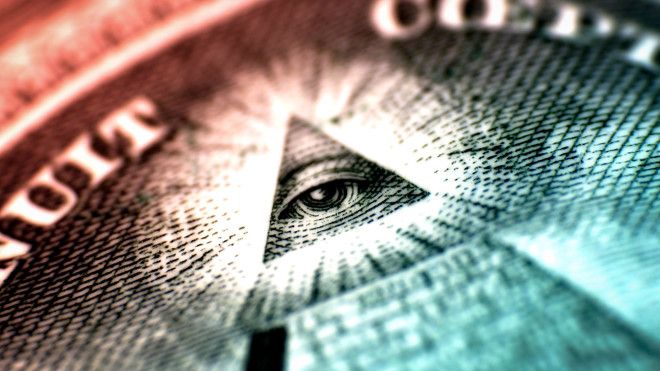
20. Economic Decisions
The founder of the Bavarian Illuminati was Adam Weishaupt. He started the secret organization after deciding that Freemasonry was too expensive.
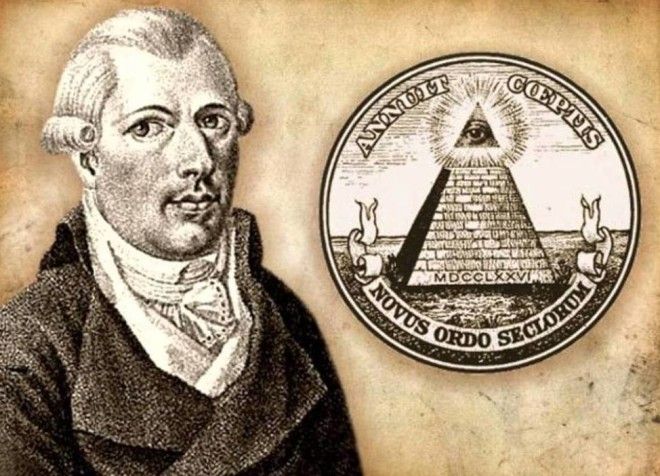
19. Early Hipsters
The Arioi were a secret religious order in Tahiti whose main object of veneration was the war god Oro. As members climbed the ranks of Arioi society, they would be given symbolic tattoos that became more ornate as their status rose.

18. Bold Beginnings
Initiation into Arioi required proving that one was possessed by Oro. An initiate would force their way into an Arioi meeting in a trance state. If the state was considered legitimate they were invited to join.
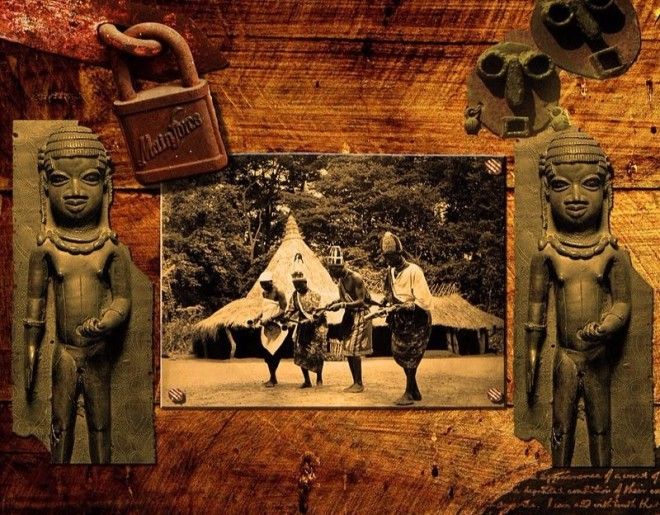
17. Free Love
Both women and men could join the Arioi order and, prior to marriage, the order’s members enjoyed sexual freedom.
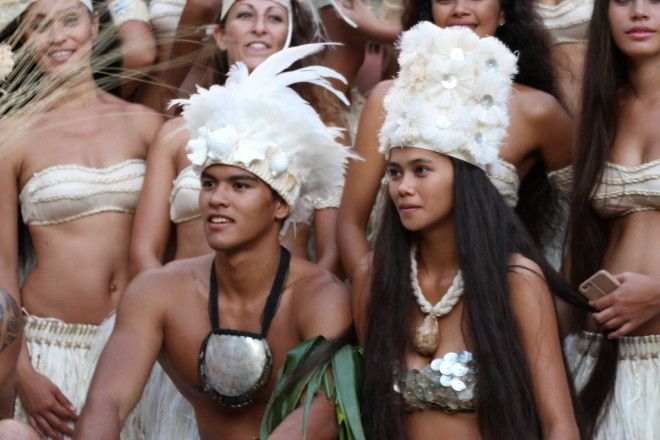
16. Devils Speak
A secret society in Sierra Leone, Liberia, Guinea, and the Ivory Coast, the Poro admits only men and operates to discourage anti-social behavior. A meeting of the Poro is led by the Poro devil, a masked figure who communicates through a long wooden tube that acts as a voice distorter to create otherwordly sounds.
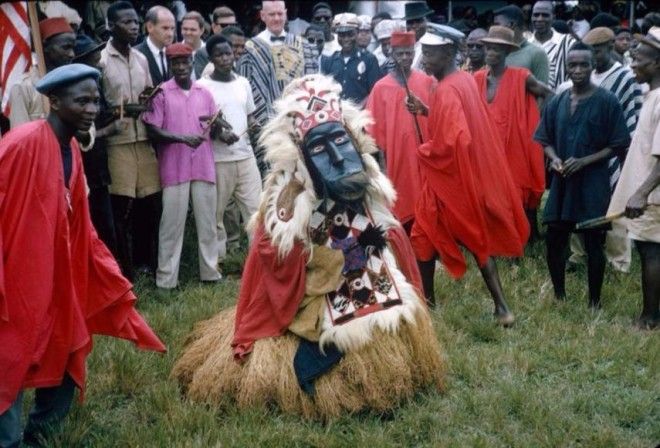
15. Gender Equality
The Sande society is the female counterpart to the Poro, and the two groups support each other.
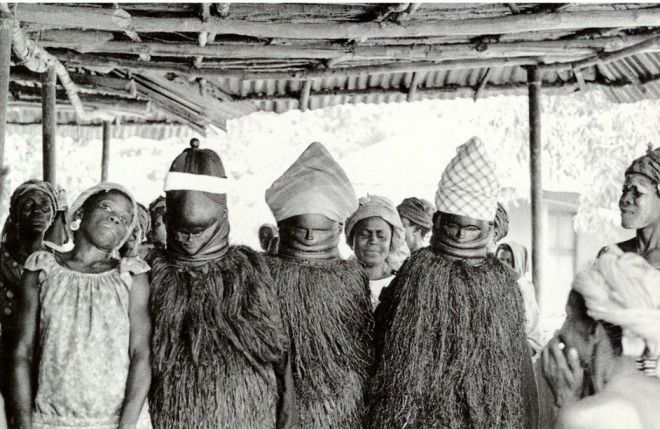
14. Animal Power
The Leopard society, active in West Africa in the early 20th century, was known for performing ritual human sacrifices and cannibalism in order to strengthen the powers of their group.
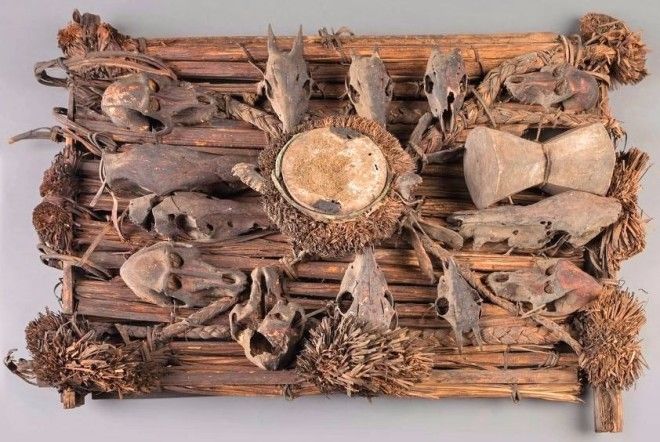
13. Grave Robbers
The Secte Rouge is a Haitian secret society distinct from voodoo that was described by Zora Neale Hurston in the 1930s. She reported local lore claiming Secte Rouge rituals included the desecration of cemeteries and cannibalism.
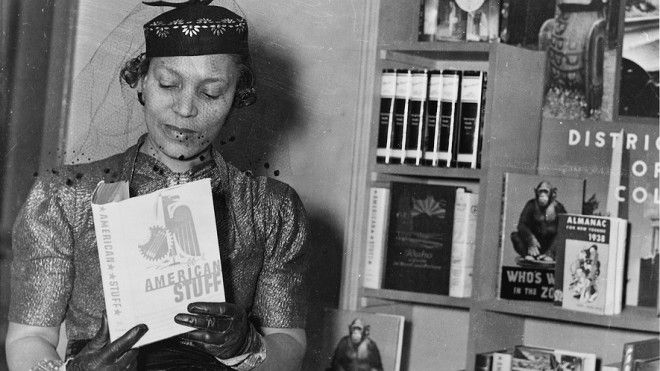
12. The White Doves
The Skoptsy was a secret sect in Tsarist Russia whose extreme rejection of sexual lust led them to practice castration and mastectomy. Their members were also called white doves due to their preference for white outfits.
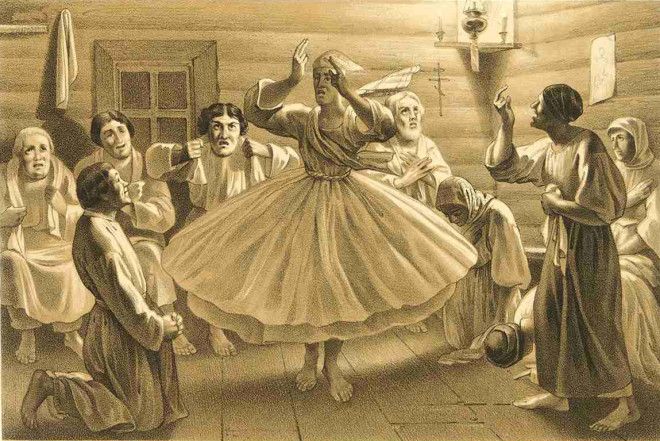
11. Star Gliders
In 1997, a secretive group of UFO believers who called themselves Heavens Gate committed mass suicide in San Diego. The Heaven’s Gate “Away Team” believed by committing suicide their souls would passing through an existential portal to an alien spacecraft that has ties to the Hale-Bopp Comet.
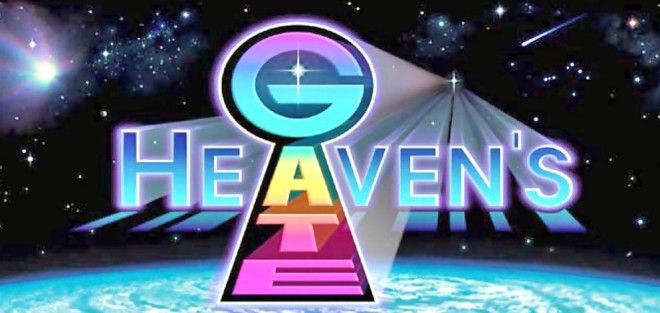
10. “It was as if a journalist’s hand had…”
A significantly more light-hearted secret organization is the Order of the Occult Hand, a group of journalists working from the 1960s to 1990s who tried to use the phrase “it was as if an occult hand had…” in as many published news articles as possible. The phrase was published over 50 times during those decades in papers such as the New York Times and The Boston Globe.
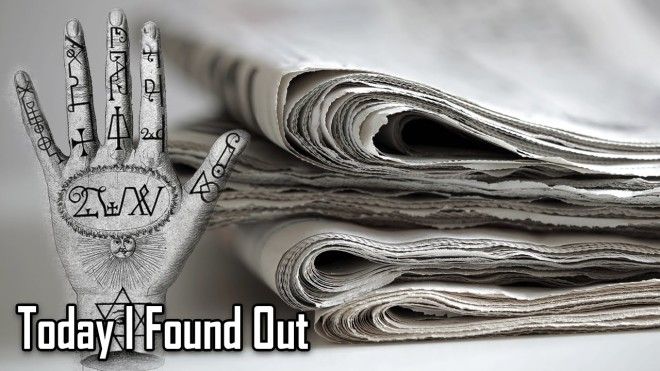
9. Magic Masons
One offshoot of Masonry in the late 19th century was a society known as the Hermetic Order of the Golden Dawn. Both women and men were allowed to join, and as initiates rose through the ranks, they were introduced to the secret knowledge of the order and trained on occult traditions such as tarot, astrology, kabbalah, and geomancy.
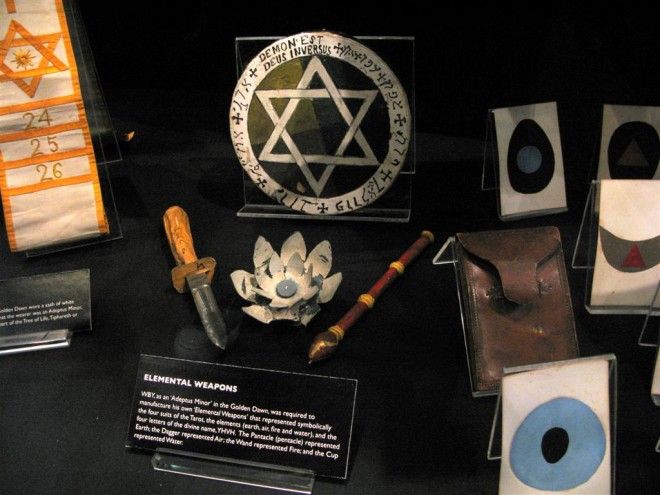
8. Its Who You Know, Part III
Famous members of the Golden Dawn include Maud Gonne, William Butler Yeats and Aleister Crowley. More on Crowley later.
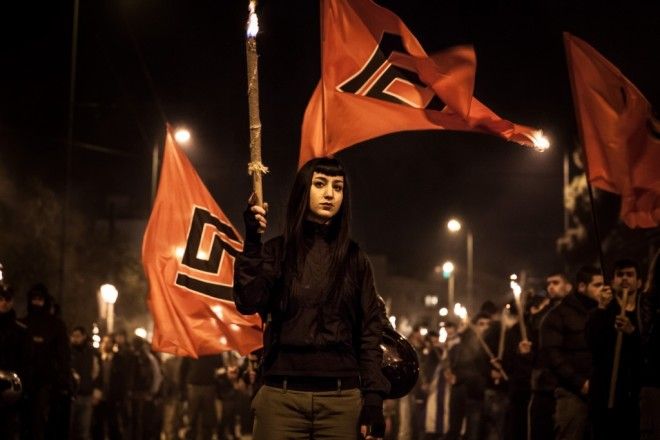
7. Even Cult Leaders Mistakes
One of the original founders of the Order of the Golden Dawn, William Wynn Westcott, was forced to leave the order when it was revealed that he left important secret documents in a cab. Neither his fellow Dawn members or his employer, the coroners office, were very impressed.
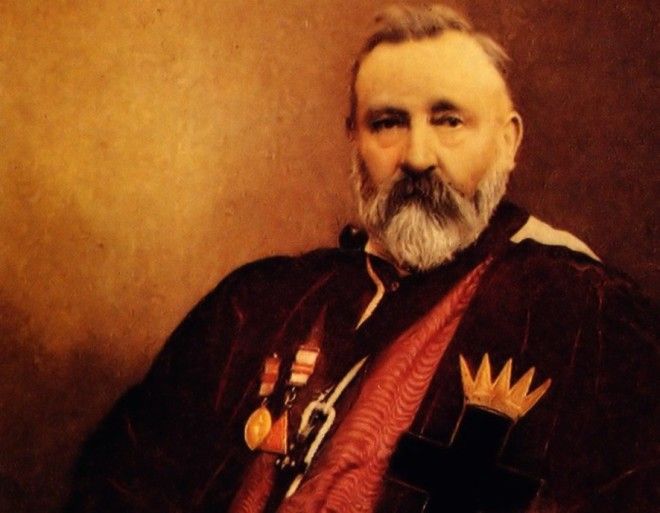
6. Third Time’s a Charm
The word Hermetic in the full title of the Golden Dawn is a reference to the group’s indebtedness to the esoteric tradition of Hermeticism. Originating from the writings of Hermes Trismegistis, or “Thrice Great,” Hermetic thought believes in the unity of all religious systems.
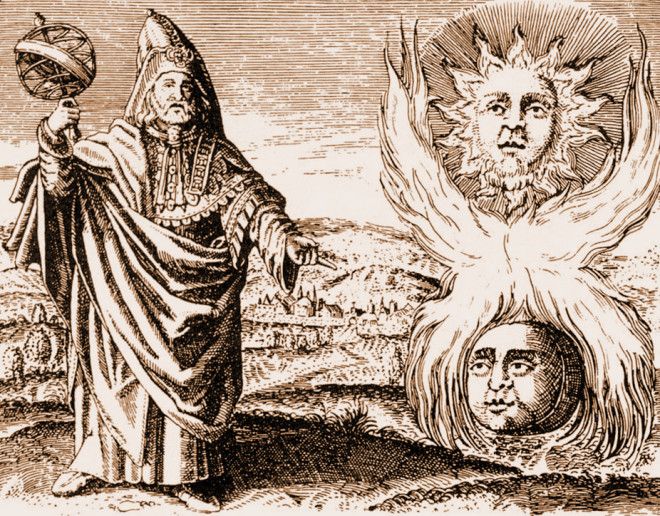
5. Big Bosses
The highest order of the Golden Dawn was referred to as the Secret Chiefs, and is a concept that recurs throughout many occult and masonic orders. The Secret Chiefs are believed to exist on higher or transcendent levels and control the actions of the world through their secret orders and in other esoteric ways.
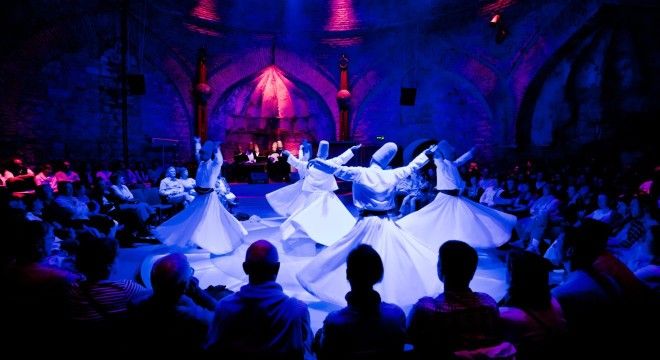
4. Desert Thoughts
Both Hermeticism and Secret Chiefs were included in the later occult organizations influenced by Aleister Crowley. Crowley developed a philosophy he called Thelema, which originated from writings he allegedly received from an otherworldly creature in Cairo in 1904.
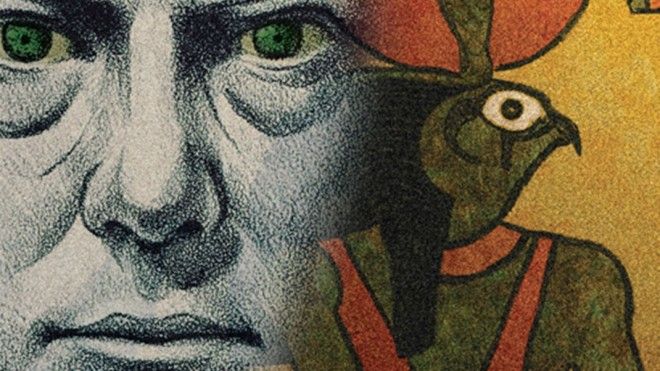
3. Lets Get It On
Crowley had a major role in the secret occult world in the 20th century, heavily influencing or founding a number of orders including the Ordo Templi Orientis (OTO).The practices of the OTO, which is still active today, are organized into initiation rites leading to the “possession of one supreme secret.” These practices are often irregular interpretations of masonic rites, and at various degrees include the use of sex magick—where knowledge and powers are gained during the practice of sexual acts.
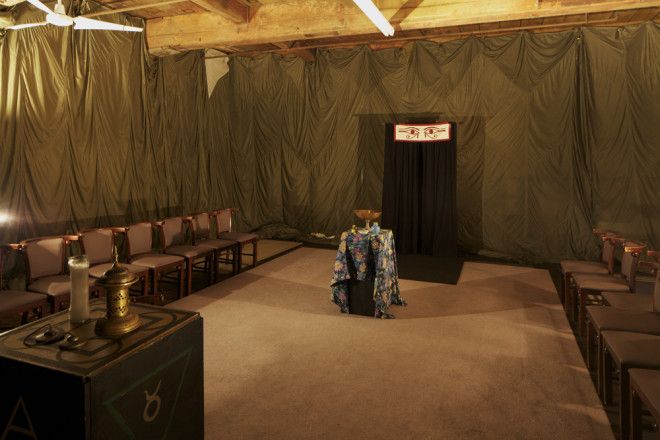
2. In On It?
Crowley’s work and the practice of the OTO are also seen as one of the origins of chaos magick, an esoteric magic system that uses sigils—sacred images—and a gnostic or meditative state to affect change in the world.
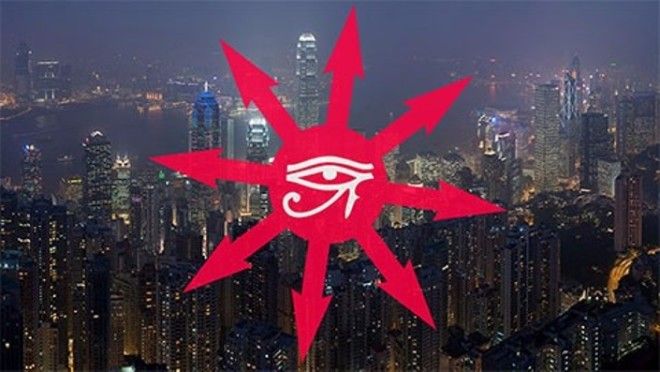
1. You Want In?
In recent years, a mysterious group calling themselves Cicada 3301 started periodically recruiting members through a series of online and offline puzzles. The puzzles demand a broad range of cultural and technical knowledge such as the poems of William Blake and methods of cryptography. The puzzles also test knowledge of Hermeticism, Crowley’s Thelema, and Kabbalah. Theories on the group’s identity include government agencies such as the CIA or MI6, Masonic groups, or modern day iterations of occult groups whose origins reach back to the great mysteries of all time. Those who have solved the puzzles have reported little on their experience after the Cicada group expressed discontent with the amount of online collaboration in an attempt to solve the puzzle series. Cicada actually ended up shutting down one series after people all over the world were sharing information on the images found on telephone poles that were discovered after list of co-ordinates was uncovered in an earlier step of the series.
